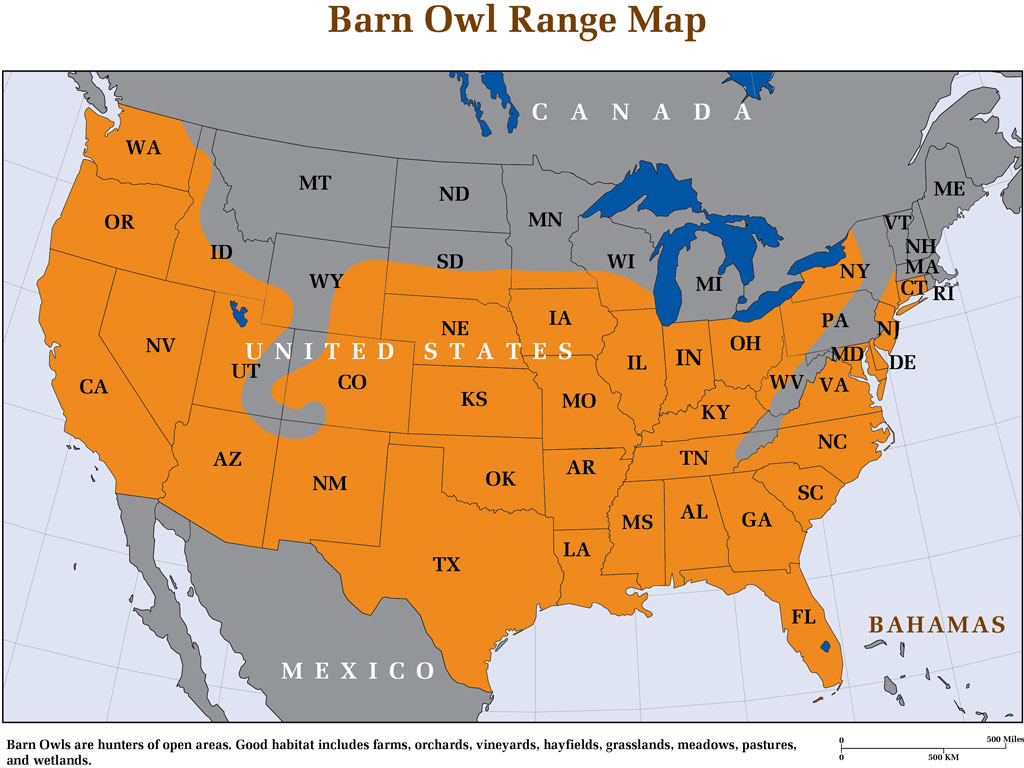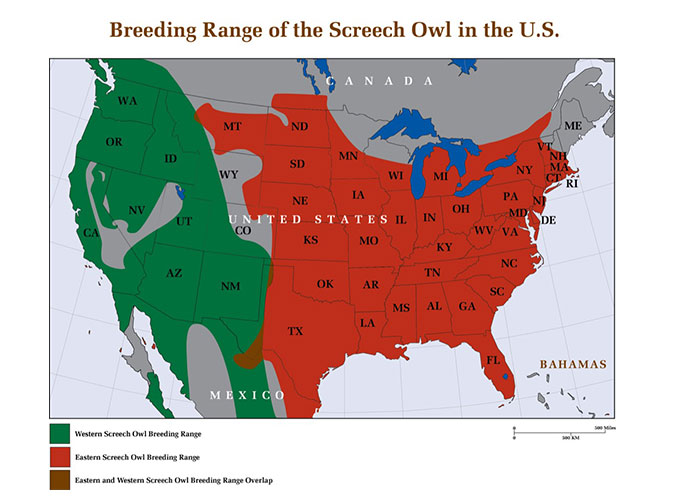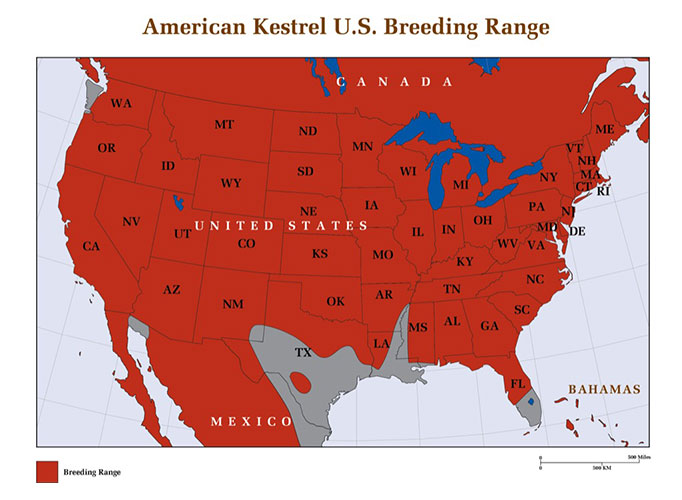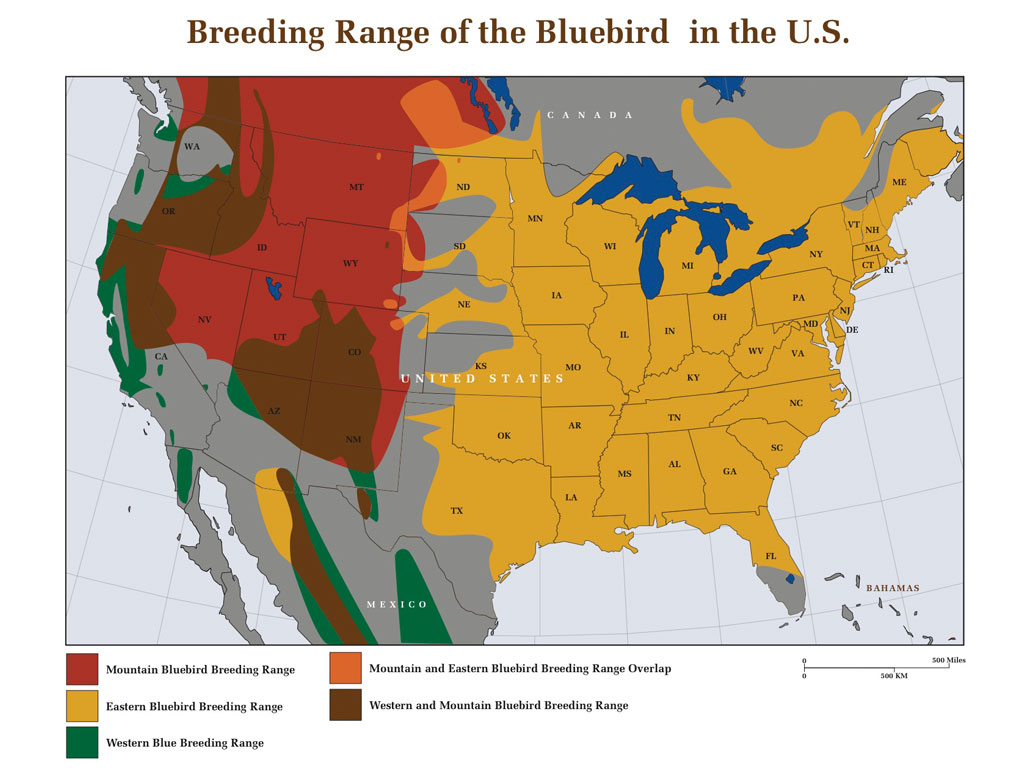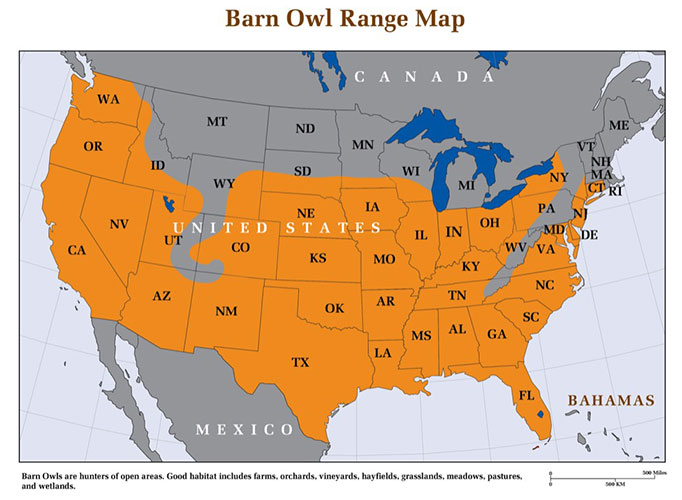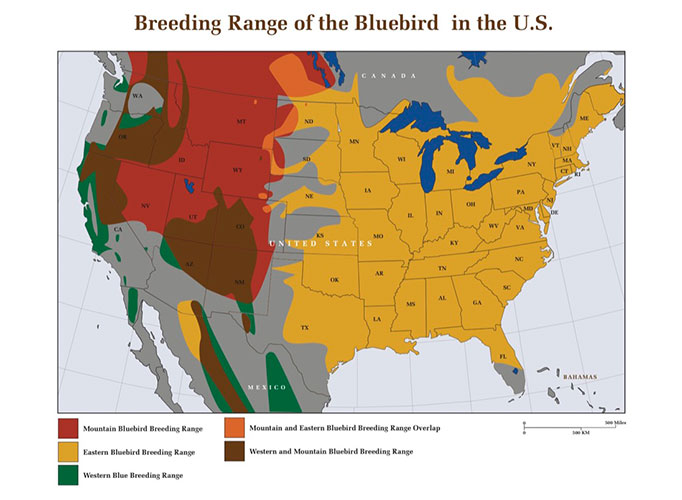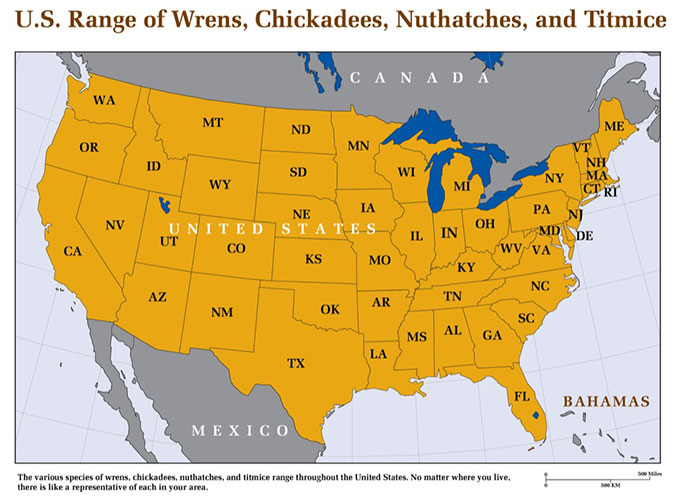Free Shipping to the Contiguous United States
North Carolina Barn Owls
Barn Owls in North Carolina In addition to having its own populations of barn owls, North Carolina is an extremely important state for barn owls dispersing from the north. It is the first state after the high mountains that northern birds reach…

